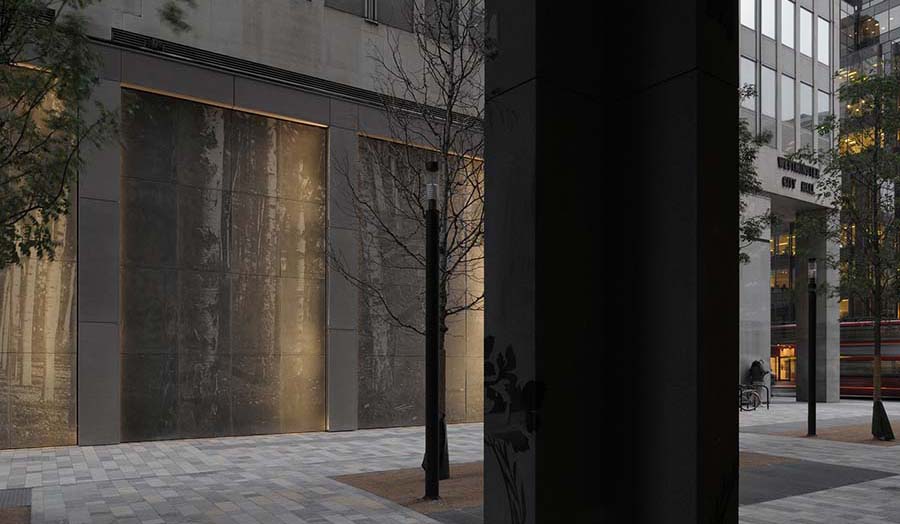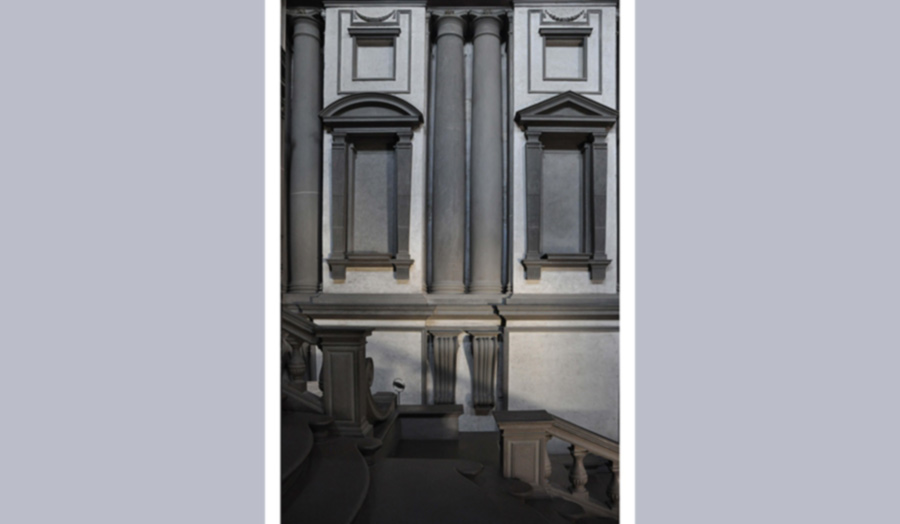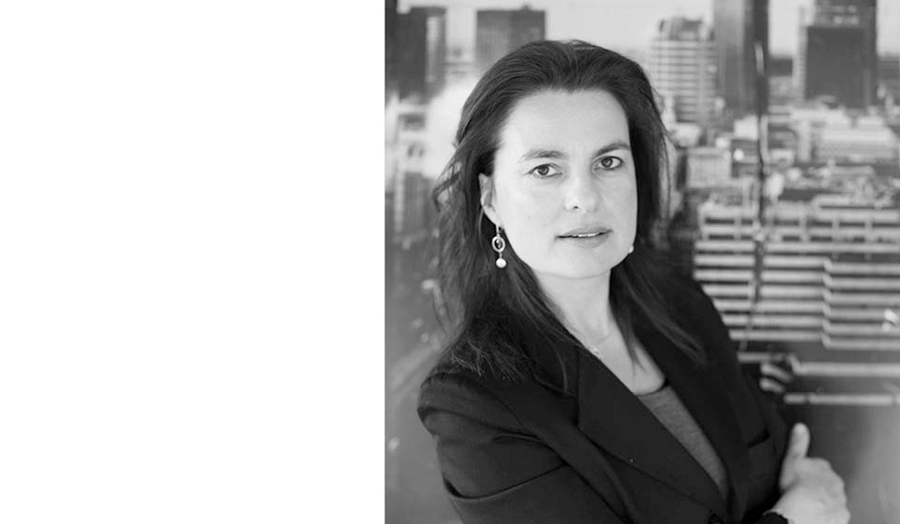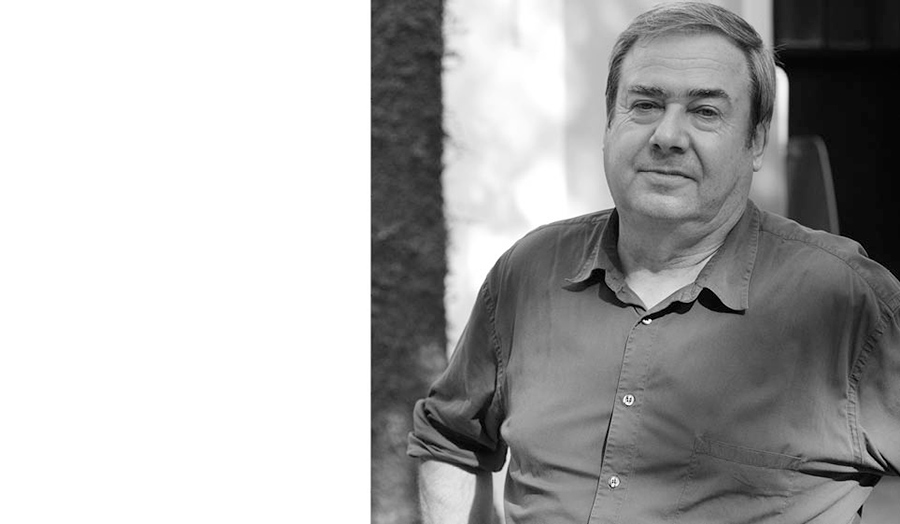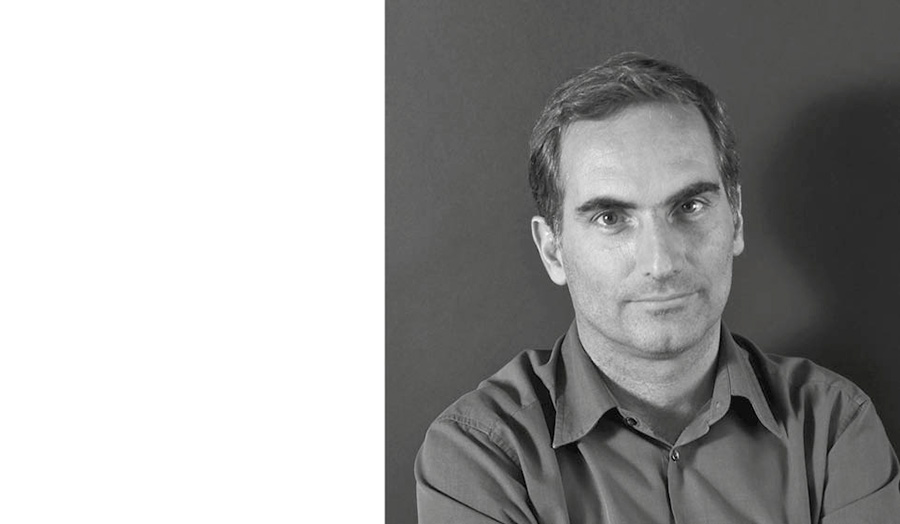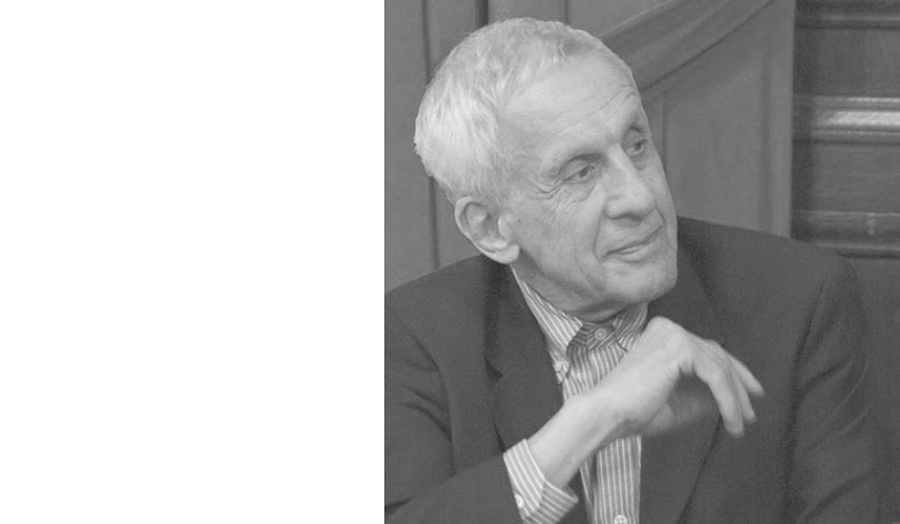Join us for The Living Memory of Cities, a seminar series convened in collaboration with Eric Parry Architects and the Centre for Urban and Built Ecologies (CUBE), London Metropolitan University.
Roman theatre’s scænæ frons as a thematic edifice
Ancient theatre was understood to have a cosmic significance, and may be seen as an archetype of architecture. The paper focuses on the symbolic content of Roman theatre’s scene building façade, the scænæ frons, which may be considered one of the key origins of the western sacred architectural façade. Developed from the city gate and the Hellenistic skene, and informed by the façades of Roman imperial palaces, the elaborate structure of the scænæ frons provided a scenographic framework and an additional layer of symbolic meaning to drama.
An architecture of both religious and a political significance, the scænæ frons, with its hierarchical structure of portals, columnar screens and aediculae, represented the celestial city of the gods, into which exceptional men may ascend. By being placed in the façade, the earthly ruler was deified. During the imperial period, the architecture of the scænæ frons came increasingly to represent Rome’s ambitions of world domination. In a culture highly attuned to commemoration and the art of memory, it seems likely that some façades were in part understood as an elaborate mnemonic device. The paper further considers the affinity between the scænæ frons and the scenographic and commemorative architecture of the triumphal arch. It then looks at how the thematic structure of the Roman façade was absorbed into Early Christian and medieval iconography, where it lent a narrative, microcosmic content to church fronts, and an appropriate grandeur to Christ, represented in terms of a triumphant Roman emperor.
Dagmar Motycka Weston has explored the role of architectural traditions in the configuration of the contemporary public realm. In particular she has been interested in the ancient reciprocity in the European city between various kinds of theatre (stemming from religious ritual and embodying the society’s ethos) and the configuration of urban settings, which were often conceived as the thematic background for theatrical, ceremonial and political events. She has studied ancient Greek, medieval and Renaissance theatre, and their often highly symbolic, microcosmic architectural embodiment within the the city. Her research is motivated in part by the decline in modern culture of urban ceremony, and the need to reverse the resulting impoverishment of the public realm.
Modern architecture for the most part rejected the façade as the primary communicative face of a building situated within the fabric of the city, in favour of a largely abstract expression of the tectonic. This trend has been continued recently by an increased emphasis on buildings as novel sculptural objects, isolated from any meaningful urban context. The narrative and ethical function of building façades is today generally much reduced. Yet the need for them to perform their traditional scenographic role of lending cohesion and legibility to the city, and as the thematic support for public life is greater than ever. The façade’s form and meaning still often receives scant attention in architectural education, a shortcoming which Dagmar has tried in her studio projects to correct.
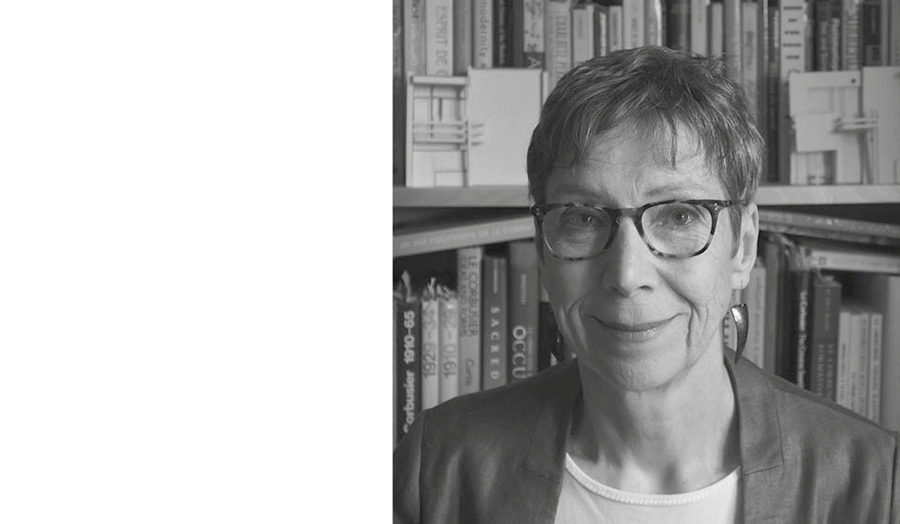
Details
| Date/time | Online: Tuesday 15 March 2022, 5pm to 6.30pm |
|---|---|
| Follow on Eventbrite | The Centre for Urban and Built Ecologies |
| Follow on Twitter | @Research_LMArts |

